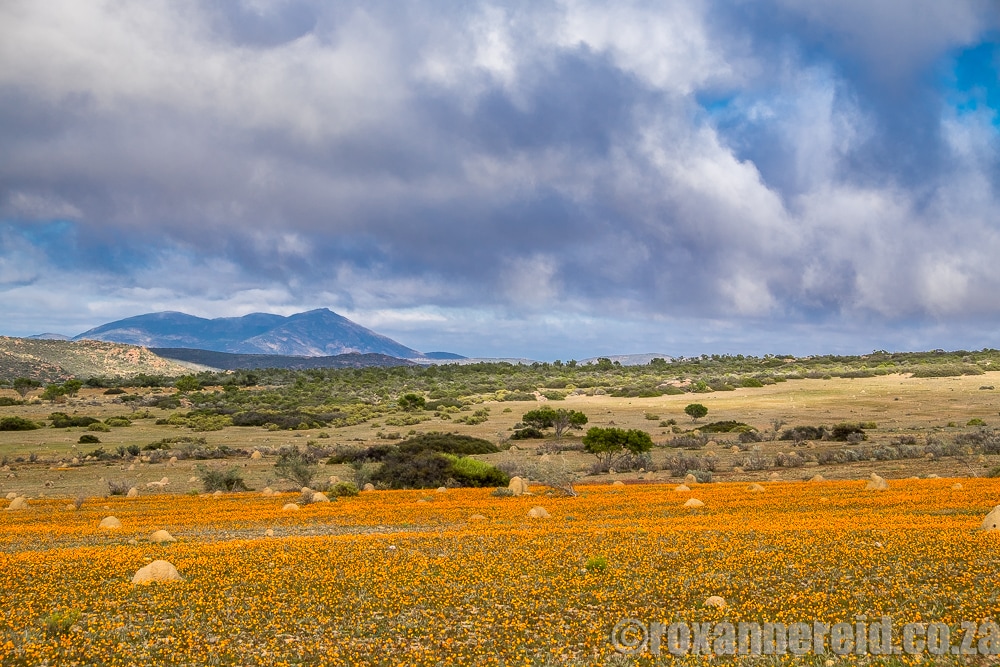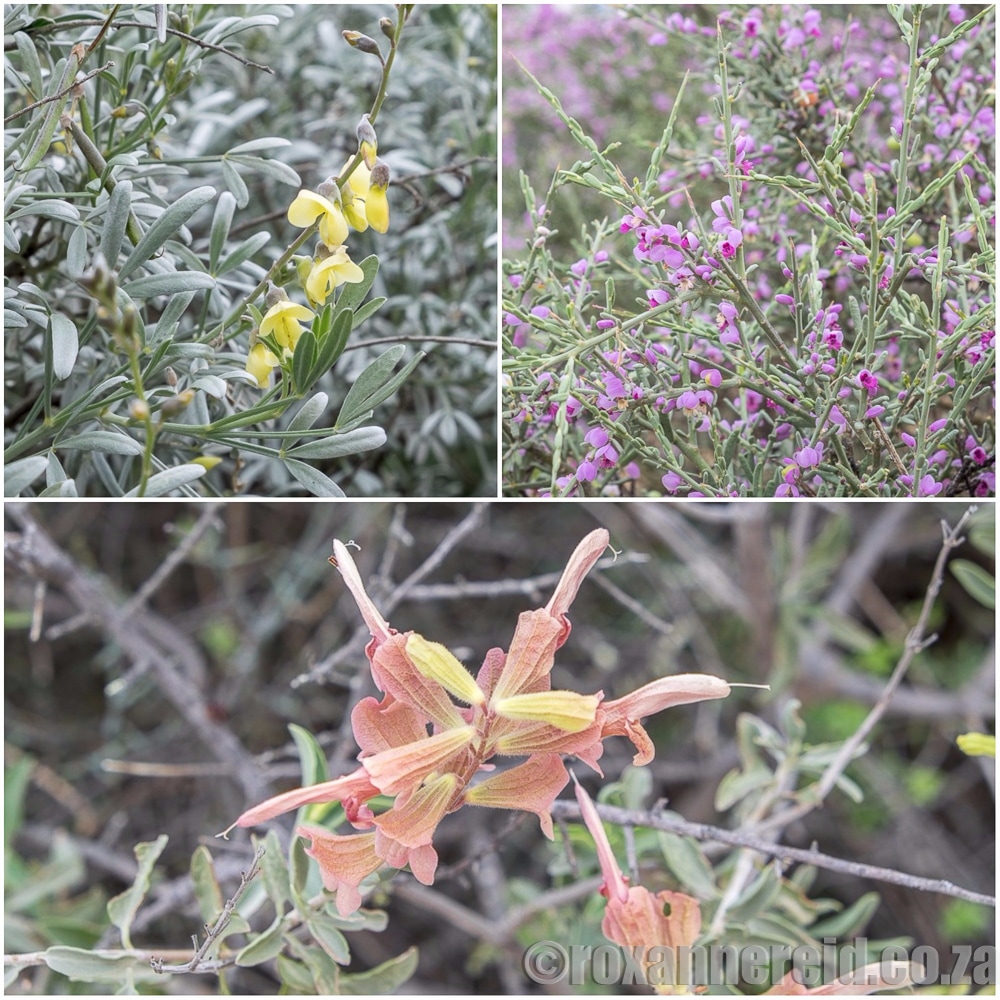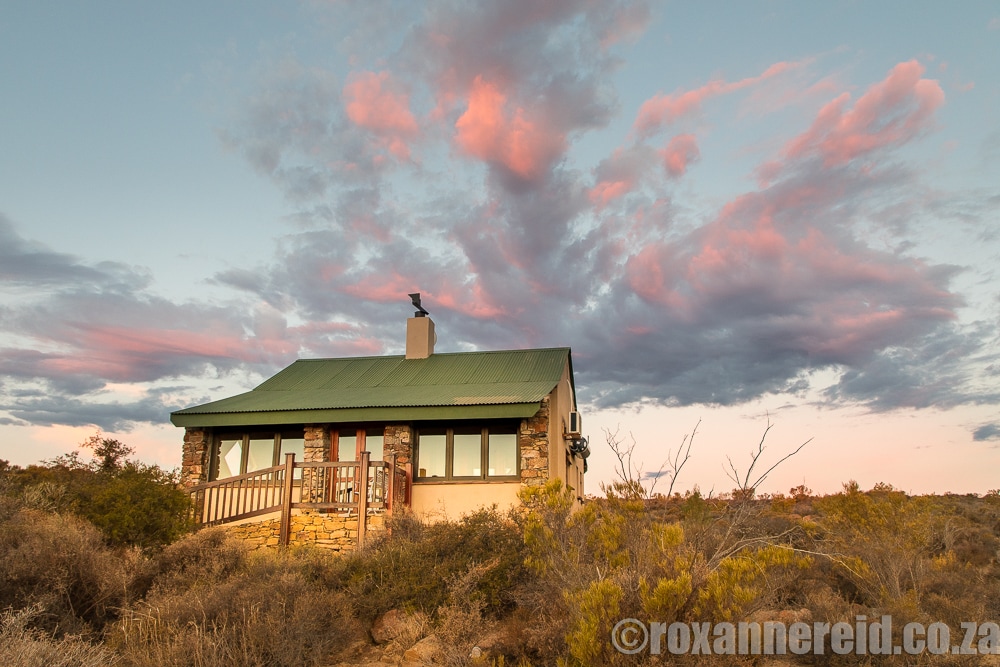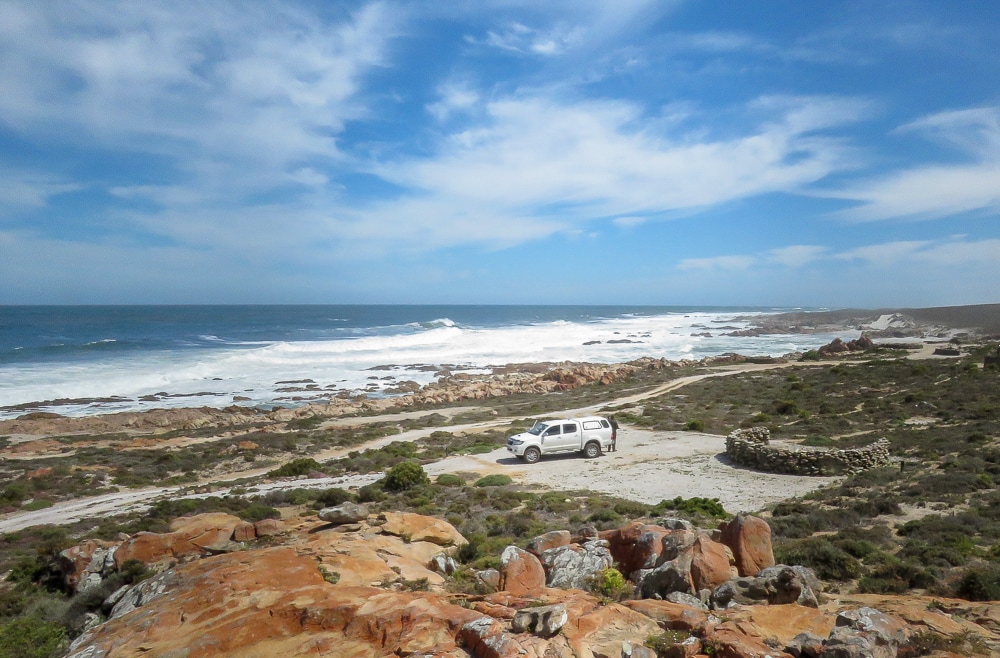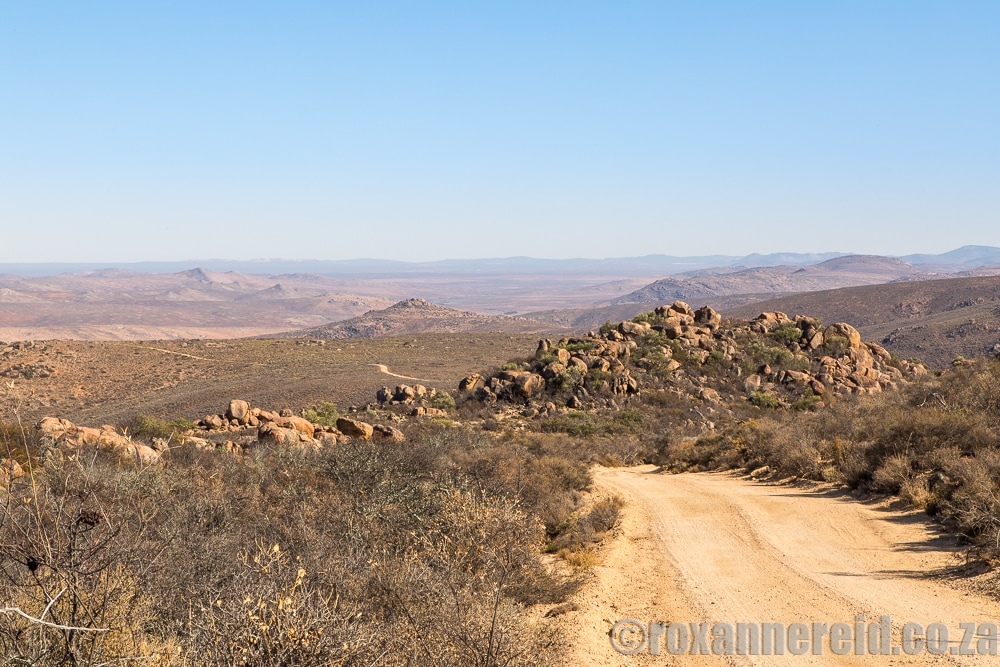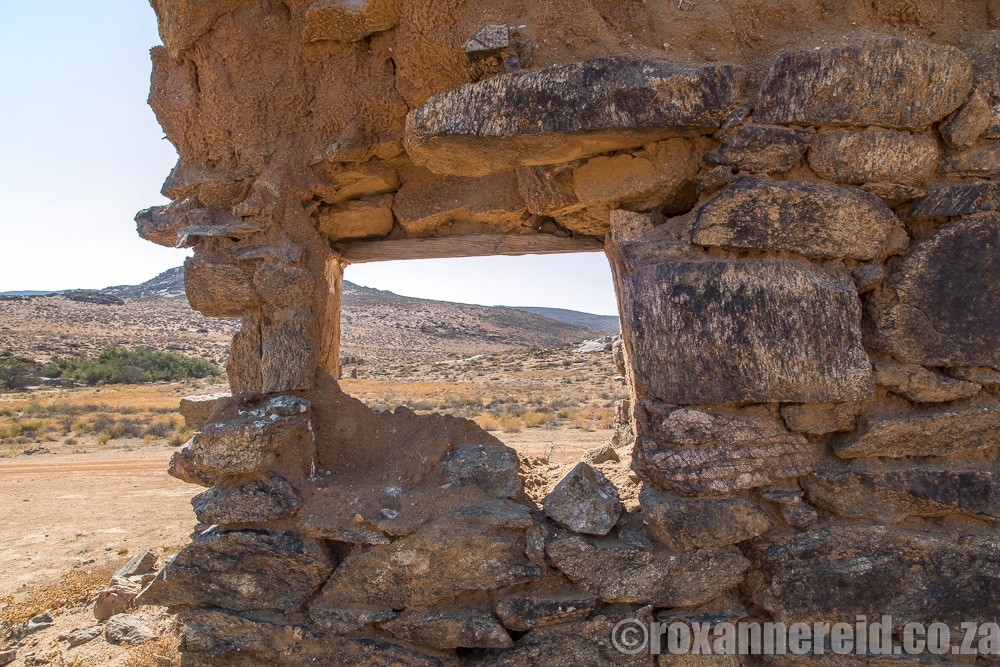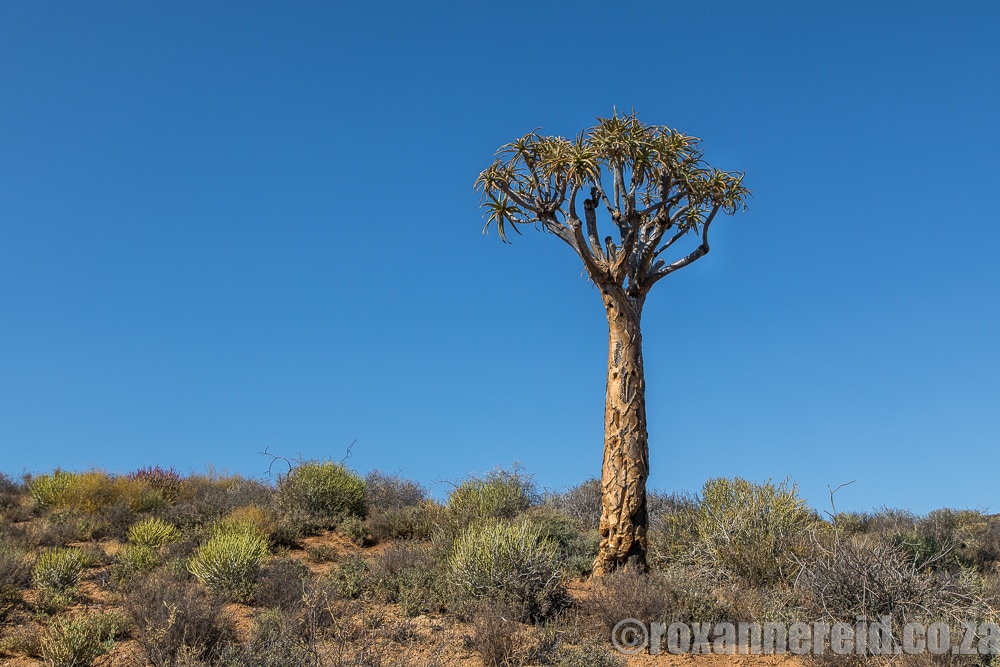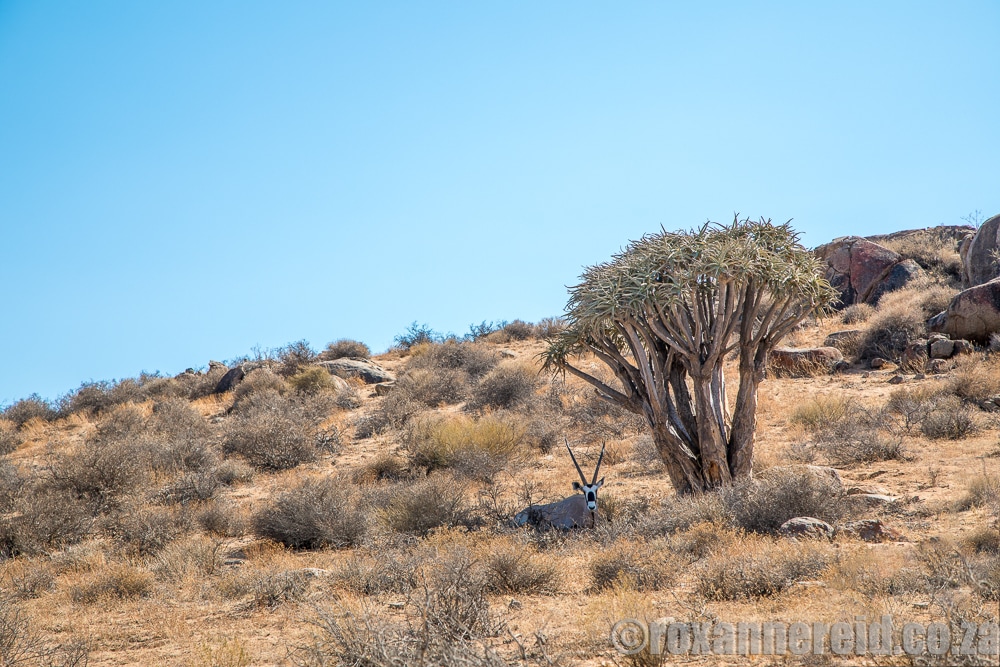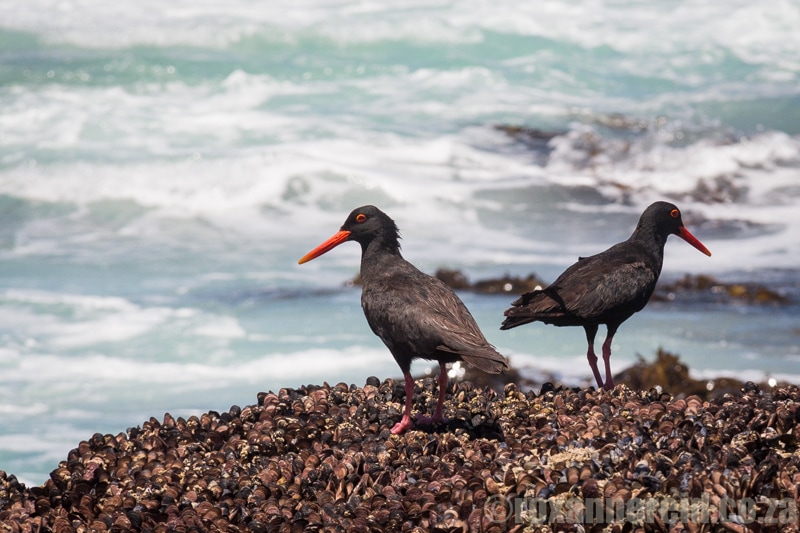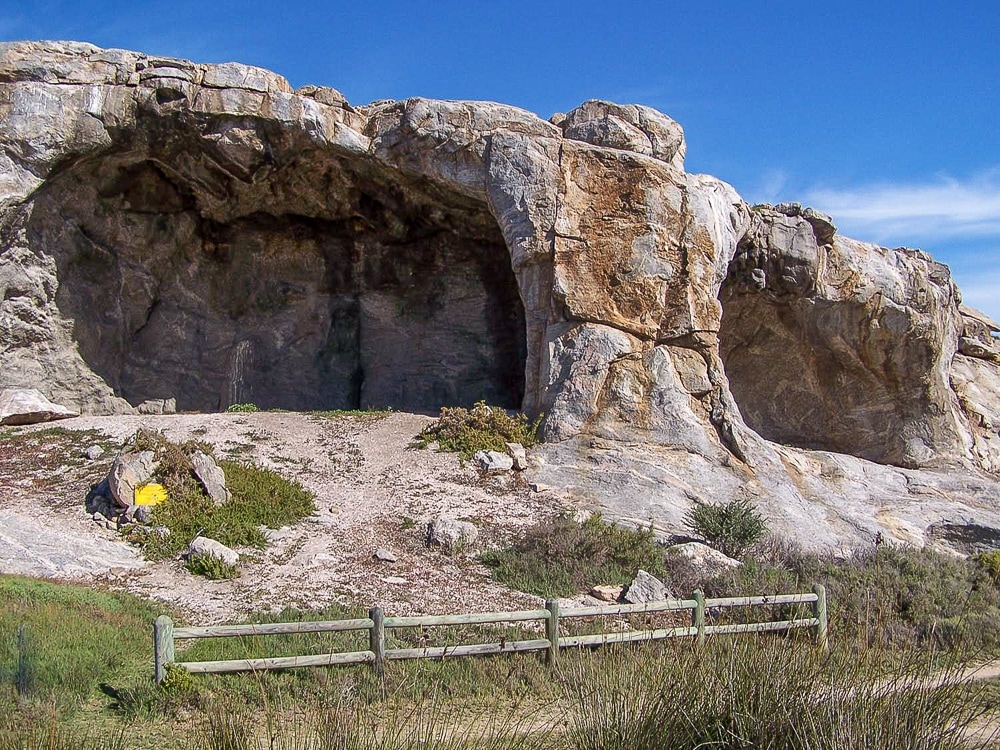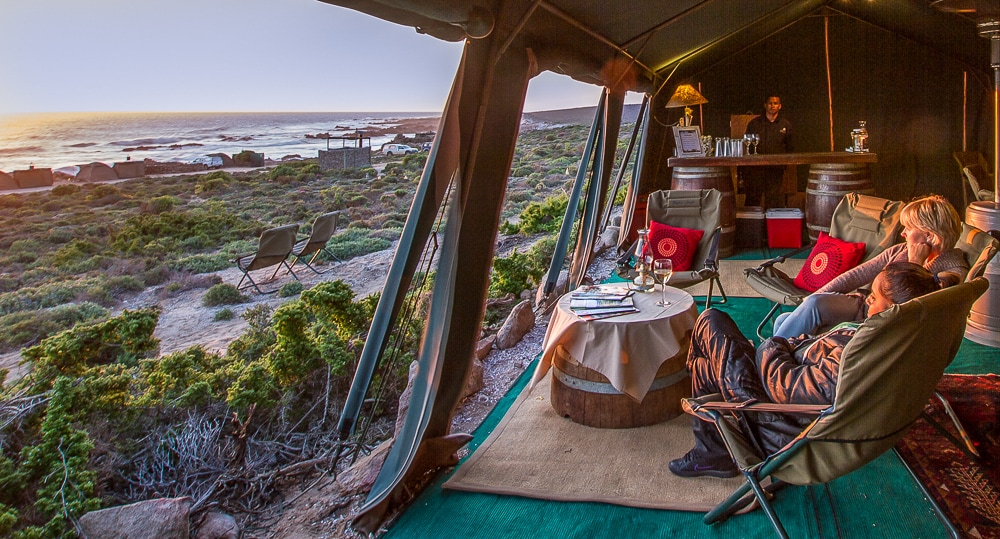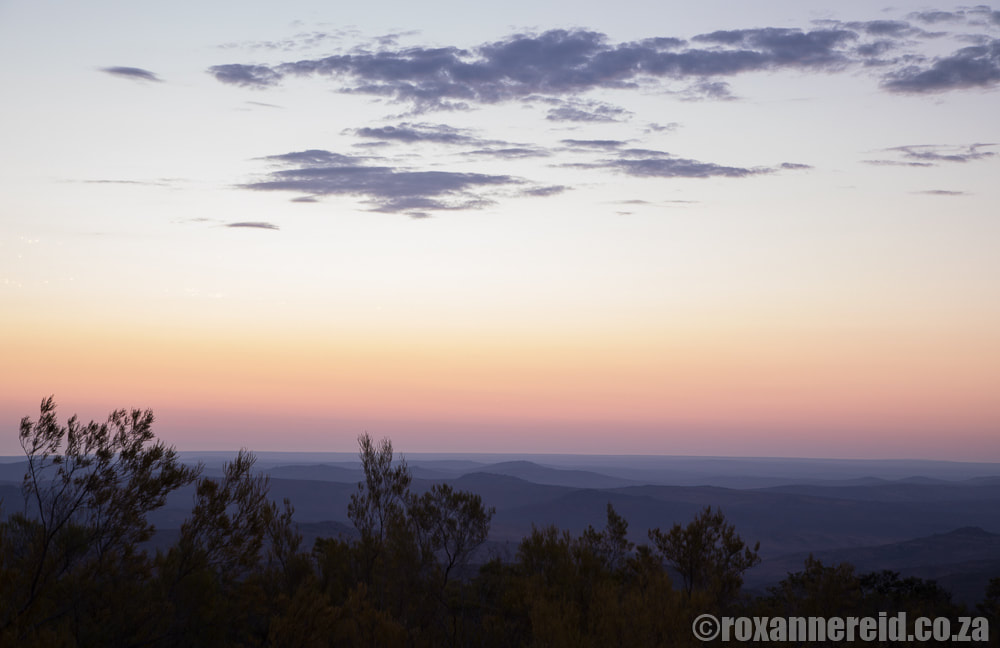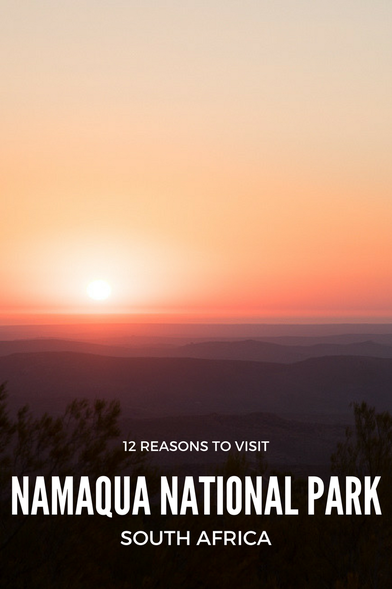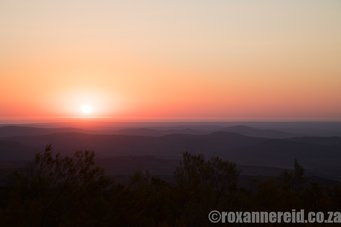
By Roxanne Reid
If you hear the word Namaqualand, it’s a fair bet that the words ‘spring flowers’ will instantly pop into your head. But the Namaqua National Park near Kamieskroon in South Africa’s Northern Cape is not just for spring visits. Here are 12 reasons to visit at any time of year.
If you hear the word Namaqualand, it’s a fair bet that the words ‘spring flowers’ will instantly pop into your head. But the Namaqua National Park near Kamieskroon in South Africa’s Northern Cape is not just for spring visits. Here are 12 reasons to visit at any time of year.
1. Spring flowers
Yes, there are lots of reasons to visit the Namaqua National Park apart from wild flowers in spring, but this doesn’t mean that the flower carpets aren’t spectacularly worth seeing in August and September. From orange, yellow and white to pink and splashes of blue, they stretch in dense patches as far as the eye can see, especially in years when the right amount of rain has fallen at the right time of year.
The park is part of the Succulent Karoo biome – one of the world’s 34 biodiversity hotspots. Namaqualand has more than 3000 plant species, and 50% of them occur nowhere else on the planet.
2. Skilpad chalets
The park is part of the Succulent Karoo biome – one of the world’s 34 biodiversity hotspots. Namaqualand has more than 3000 plant species, and 50% of them occur nowhere else on the planet.
2. Skilpad chalets
The four chalets in the Skilpad section are a joy at any time of year. There’s an indoor fireplace-cum-braai for winter evenings with red wine. (There’s also a braai area with benches outside.) For summer there’s an aircon in the bedroom and ceiling fan in the lounge.
The design is beautiful, with an enclosed porch and dining area at the front, and windows that fold right back to let the outside in. There’s an open-plan lounge/kitchen and the kitchen has both a microwave and a full stove (perfect for roasts on cold winter’s nights). A pullout couch-bed in the living room sleeps two children or one adult.
Housekeeping here is exemplary too. Extremely good value, these chalets remain among my favourites in all of SANParks around South Africa.
3. Coastal section camping
The design is beautiful, with an enclosed porch and dining area at the front, and windows that fold right back to let the outside in. There’s an open-plan lounge/kitchen and the kitchen has both a microwave and a full stove (perfect for roasts on cold winter’s nights). A pullout couch-bed in the living room sleeps two children or one adult.
Housekeeping here is exemplary too. Extremely good value, these chalets remain among my favourites in all of SANParks around South Africa.
3. Coastal section camping
Camping in the coastal section of the park is a perfect choice for summer. There are 31 rustic camp sites. Come fully equipped with everything you need, including water for drinking and washing because there’s no water or showers at the camp site, only enviro-loos. Note that the soft sand makes it essential to have a 4x4 vehicle. And of course, be sensible and deflate your tyres. There’s no cell phone reception here, so don’t be stupid. Top tip: hire a satellite phone and ask for the phone number of the duty manager when you pass through the Groen River gate.
4. Caracal 4x4 eco route
4. Caracal 4x4 eco route
The start of this 4x4 trail gives you some panoramic views over unfolding layers of mountains and the chance to spot some quiver trees. When we drove it in March (autumn) the colour scheme was mostly brown and khaki, but winter rains will turn it green while spring brings colour in the form of flowers. Drive up and down hills and valleys and see attractive rock formations spread out before your eyes. We spotted a troop of baboons, a steenbok, a lone springbok at the ruins of an old settlement at Koeroebees, lots of euphorbias, green acacias in the river valley and a gemsbok sheltering in the shade of a quiver tree.
The route is 176-200km long, depending on whether you include the historic Wildeperdehoek pass, built in the 19th century to carry iron ore from Springbok to Hondeklip Bay.
Note that it isn’t suitable as a day drive from Skilpad camp because it will take 6-8 hours to get to Groen River and then at least another 2 hours back to Skilpad. Rather book an overnight stay in the park’s Luiperdskloof cottage or at Hondeklip Bay before continuing to the coastal section, or drive straight through and camp at one of the coastal camp sites. Remember that in the June-September wet season, some parts of the eco route may be closed; do NOT stop in the riverbeds.
5. Quiver trees
Note that it isn’t suitable as a day drive from Skilpad camp because it will take 6-8 hours to get to Groen River and then at least another 2 hours back to Skilpad. Rather book an overnight stay in the park’s Luiperdskloof cottage or at Hondeklip Bay before continuing to the coastal section, or drive straight through and camp at one of the coastal camp sites. Remember that in the June-September wet season, some parts of the eco route may be closed; do NOT stop in the riverbeds.
5. Quiver trees
You expect to find quiver trees in Namibia, or at Augrabies Falls National Park or Goegap Nature Reserve near Springbok. They may be a little more of a surprise here in Namaqualand, yet here they are. The quiver tree, or kokerboom (Aloe dichotoma), is a succulent with fibrous branches and yellow flowers in winter. The San used them for quivers for their arrows, which is how they got their name, and big stems were used for coffins and as fridges to keep food cool in the old days. A good place to find them is on the Skilpad section of the 4x4 eco-route (see no. 4 above).
6. Animals
6. Animals
Animals may not be the main reason you come to Namaqua National Park, but they’re here nonetheless, from African wild cat, aardwolf and leopard (though you’re unlikely to see them) to the more commonly spotted springbok, steenbok, red hartebeest, gemsbok, chacma baboon and dassie.
Look out for the Namaqua speckled padloper, the world’s smallest tortoise. A fully grown adult is only about as long as your forefinger and lives here in succulent Karoo and fynbos vegetation.
Birds include Verreaux’s eagle, Kori bustard, Namaqua sandgrouse, southern black korhaan and spotted eagle-owl.
7. Walks and MTB
The 5km Skilpad walking trail is particularly popular in spring because it takes you through carpets of flowers. The shorter 3km Korhaan walking trail is a stroll through more bushy areas with a wider variety of flowers. Both start at the Skilpad office/reception complex.
In the coastal section there’s a 6km hike (one way) along the beach where you might see Heaviside’s dolphins, humpback whales and seabirds. It starts from the viewing deck about 15km north of the Groen River office.
Although the park has no formal MTB trails, you’re welcome to bring your bike to cycle along any of its roads or tracks.
8. Dolphins and oystercatchers
Look out for the Namaqua speckled padloper, the world’s smallest tortoise. A fully grown adult is only about as long as your forefinger and lives here in succulent Karoo and fynbos vegetation.
Birds include Verreaux’s eagle, Kori bustard, Namaqua sandgrouse, southern black korhaan and spotted eagle-owl.
7. Walks and MTB
The 5km Skilpad walking trail is particularly popular in spring because it takes you through carpets of flowers. The shorter 3km Korhaan walking trail is a stroll through more bushy areas with a wider variety of flowers. Both start at the Skilpad office/reception complex.
In the coastal section there’s a 6km hike (one way) along the beach where you might see Heaviside’s dolphins, humpback whales and seabirds. It starts from the viewing deck about 15km north of the Groen River office.
Although the park has no formal MTB trails, you’re welcome to bring your bike to cycle along any of its roads or tracks.
8. Dolphins and oystercatchers
The southwestern coastal section of the park between the Groen and Spoeg rivers is a different world entirely, a place where you might see the African black oystercatcher with its red bill, eyes and legs. It’s listed as threatened on the Red Data list. Despite the name, it rarely eats oysters, but feeds on mussels, limpets, crustaceans and worms. Look out too for Heaviside’s dolphins, which are endemic to the southern African West Coast.
9. Shifting white dunes
The Bitter River dunefield stretches some 20km from the Bitter River mouth in the south to the Spoeg River in the north and is in pristine condition – dubbed ‘the only unspoilt and properly functioning system left on the South African coast’. The white sand is fine and easily windswept, moving 5-10m northwards every year and exposing new areas where Stone Age fossils can be found. You’ll find some hardy plants growing on the dunes, which are also a popular place for ostriches to build their nests.
10. Caves
9. Shifting white dunes
The Bitter River dunefield stretches some 20km from the Bitter River mouth in the south to the Spoeg River in the north and is in pristine condition – dubbed ‘the only unspoilt and properly functioning system left on the South African coast’. The white sand is fine and easily windswept, moving 5-10m northwards every year and exposing new areas where Stone Age fossils can be found. You’ll find some hardy plants growing on the dunes, which are also a popular place for ostriches to build their nests.
10. Caves
Near the Spoeg River mouth in the coastal section of the park is the Spoeg River cave, with a 1m-thick shell midden dating back some 1900 years to when early hunter-gatherers lived here. They lived on shellfish, small animals they hunted and plants they gathered. They left evidence of stone tools and pottery too. Several sheep bones dating back 2 100 years have been found – the oldest evidence of domesticated sheep in South Africa.
11. Glamping
11. Glamping
Every flower season, in August and September, temporary tented camps are set up in the park. There’s a Flower Camp in the Skilpad section and a Beach Camp in the Groen River coastal section. Each gives you the chance to sleep in proper beds in dome tents, with an attached shower-and-loo tent. Best of all, the beach camp is just a gob-spit away from the ocean. Enjoy breakfast then go out to explore. Have sundowners around the fire and a West Coast-style dinner. I haven’t experienced this for myself yet, but I’ve heard that the grub is delicious.
12. Peaceful stopover
12. Peaceful stopover
We’ve often used the Skilpad section of the park as a peaceful stopover on the way from Cape Town to Namibia or to the /Ai/Ais-Richtersveld Transfrontier Park. The sense of tranquility at the Namaqua National Park and the beautiful sunrises are also a perfect antidote after an exciting but hectic visit to the Kgalagadi Transfrontier Park; we like to give ourselves two nights at Namaqua to chill before heading home to Cape Town and facing big city madness again. ‘Come listen to the wind and to your soul,’ says park manager Angela Isaks.
Find the article interesting? Pin this image!
Find the article interesting? Pin this image!
You may also enjoy
More to Namqualand than spring flowers
Copyright © Roxanne Reid - No words or photographs on this site may be used without permission from roxannereid.co.za
More to Namqualand than spring flowers
Copyright © Roxanne Reid - No words or photographs on this site may be used without permission from roxannereid.co.za
